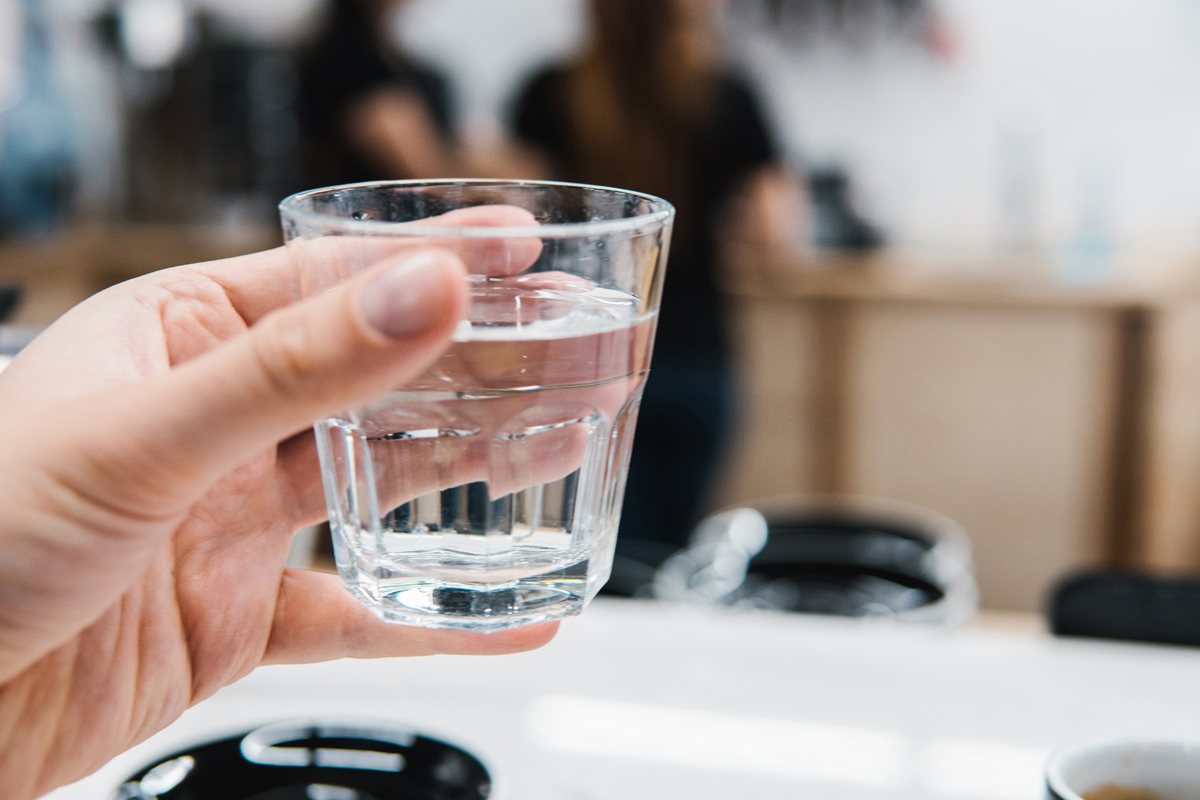Great question! Reverse osmosis (RO) and water softening are related but not the same thing. Here’s how they differ and how RO fits into water treatment:
Does Reverse Osmosis Soften Water?
Short answer:
No, RO does not technically soften water, but it does remove many of the minerals that cause hardness, so the water feels softer.
Here’s why:
1. What is water softening?
-
Water softeners specifically remove calcium (Ca²⁺) and magnesium (Mg²⁺) ions, which cause “hardness.”
-
This is usually done by ion exchange, swapping calcium and magnesium for sodium or potassium ions.
2. What does reverse osmosis do?
-
RO forces water through a semipermeable membrane, removing:
-
Minerals (including calcium and magnesium)
-
Salts
-
Contaminants (lead, arsenic, nitrates, etc.)
-
Microbes and particles
-
-
So while it removes hardness minerals, it also removes almost everything else dissolved in water.
3. Resulting water quality:
-
RO water is very pure and “soft” to taste because of the mineral removal.
-
However, it’s technically not softened water because the ion-exchange process that defines softening isn’t happening.
-
Some people find RO water too “flat” because it lacks minerals.
Why choose one or the other?
| Feature | Reverse Osmosis | Water Softener |
|---|---|---|
| Removes hardness | Yes, but by filtration, not exchange | Yes, via ion exchange |
| Removes contaminants | Yes, many types | No (except those attached to hardness) |
| Removes sodium | Yes (if present) | No, softeners add sodium |
| Water taste | Very pure, sometimes flat | Mineral content remains, softer feel |
| Waste water | Produces wastewater during process | No wastewater |
| Cost & maintenance | Higher initial and filter costs | Lower initial, salt refill needed |
Summary
-
RO does reduce hardness minerals and thus softens water in a broad sense.
-
But if your goal is to specifically soften water to prevent scale buildup in pipes and appliances, a water softener is the standard solution.
-
Many homes use both systems together: a softener for hardness, and RO for purification and taste.
How Well Does Reverse Osmosis Work In Arizona?
Reverse Osmosis (RO) works very well in Arizona and is actually a popular choice for many homes and businesses there. Here’s why and what to consider:
🌵 Why RO Works Well in Arizona
1. Water Quality Challenges in Arizona
-
Arizona’s water often comes from groundwater or river sources with:
-
High mineral content (hard water with calcium, magnesium)
-
Dissolved solids like arsenic, nitrates, and fluoride
-
Sometimes salt intrusion (especially in well water)
-
-
RO membranes effectively reduce:
-
Hardness minerals
-
Contaminants like arsenic, nitrates, lead, and fluoride
-
Total dissolved solids (TDS), improving taste and safety
-
2. Desert Climate Benefits
-
The dry climate means water conservation is critical.
-
RO systems produce some wastewater (typically 3-4 gallons per gallon purified), so water-efficient RO models are preferred.
-
With water scarcity, many Arizona residents combine RO with water softeners or pre-filters to reduce strain on the RO membrane and improve efficiency.
🛠️ Key Considerations for RO in Arizona
| Factor | What to Know |
|---|---|
| Water hardness | Pre-treatment (softener or scale inhibitor) may be needed to protect the RO membrane from mineral buildup. |
| TDS levels | RO removes up to 95-99% of dissolved solids, ideal for Arizona water with high TDS. |
| System maintenance | Regular filter and membrane replacement is essential due to higher sediment and minerals. |
| Water waste | Choose high-efficiency RO systems or consider adding a permeate pump to reduce waste. |
| Installation | Professional installation recommended for best performance. |
✅ Pros of Using RO in Arizona
-
Dramatically improves taste and odor of municipal and well water.
-
Removes harmful contaminants common in the region.
-
Produces pure, safe drinking water.
-
Works well with local water quality challenges.
❗ Potential Downsides
-
Wastewater production (can be mitigated with efficient models).
-
Requires maintenance—filters and membranes need replacing every 6-24 months.
-
Initial installation cost plus ongoing filter expenses.
💡 Pro Tips
-
Test your water before installing: knowing your local contaminants helps you choose the right pre-filters.
-
Combine RO with a water softener if hardness is very high.
-
Consider UV filters after RO if biological contamination is a concern.
-
If you want to reduce water waste, look for RO units with auto shut-off valves or permeate pumps.
Bottom Line:
Reverse osmosis is a highly effective and popular solution for improving water quality in Arizona, especially for removing minerals and contaminants that affect taste, health, and appliances.
Salt Works USA In Arizona
At Salt Works we strive to meet the salt delivery needs for the entire Phoenix valley. Proudly serving the great state of Arizona for over 20 years, Salt Works has become a leading provider for salt and water treatment needs by earning the trust of our valued customers. We promise to build on our strong foundation and reputation through exceptional customer service and quality of our products. Contact us today! [/vc_column_text][/vc_column][/vc_row]







